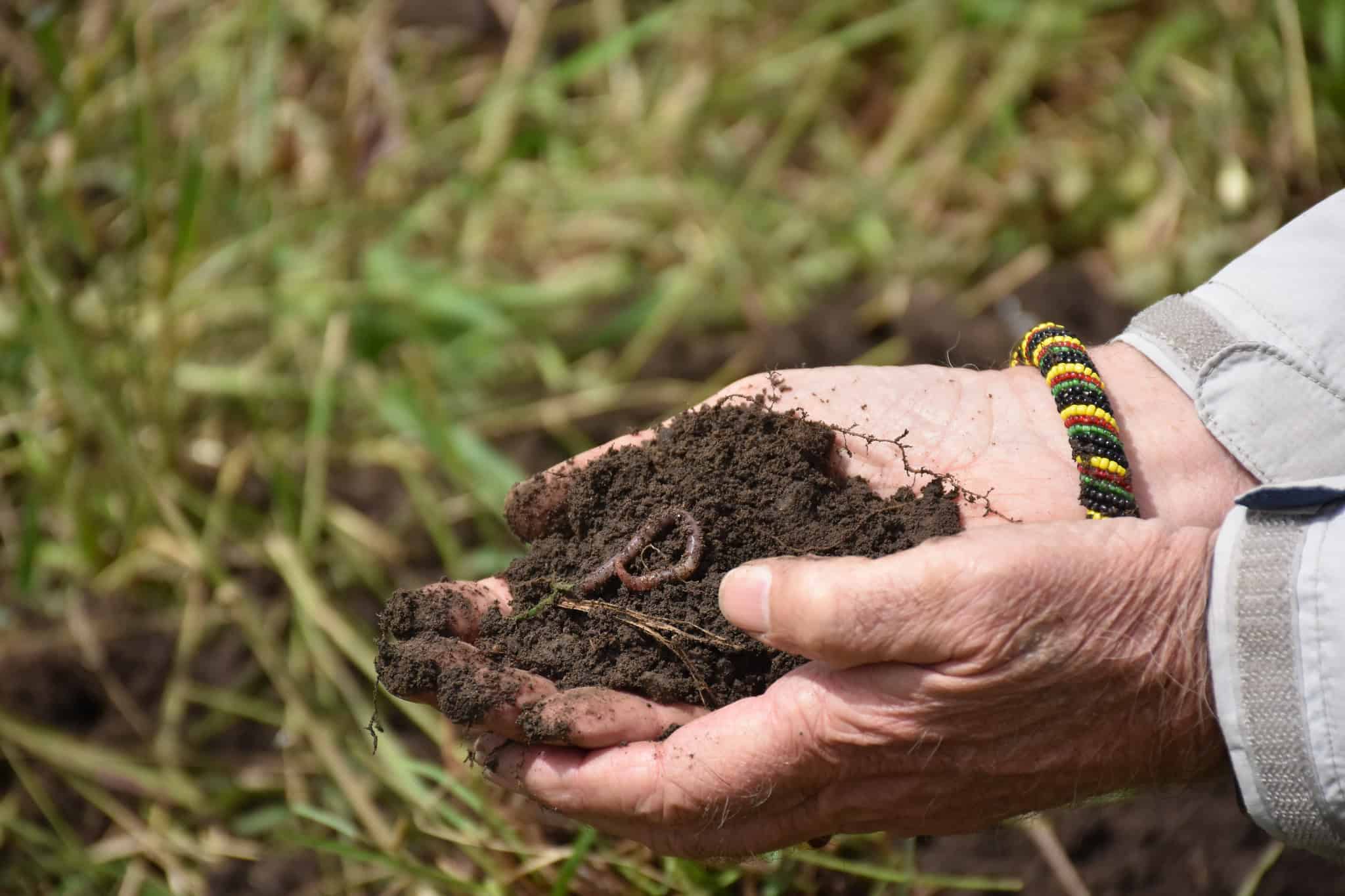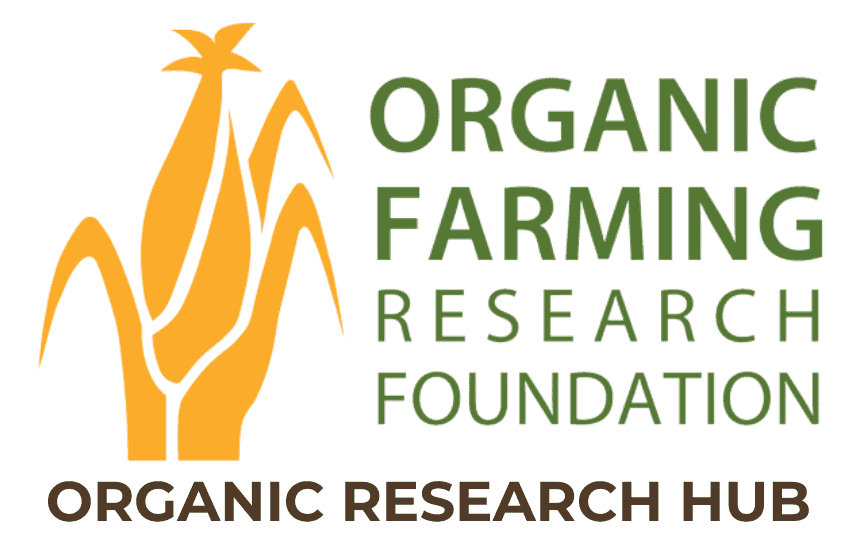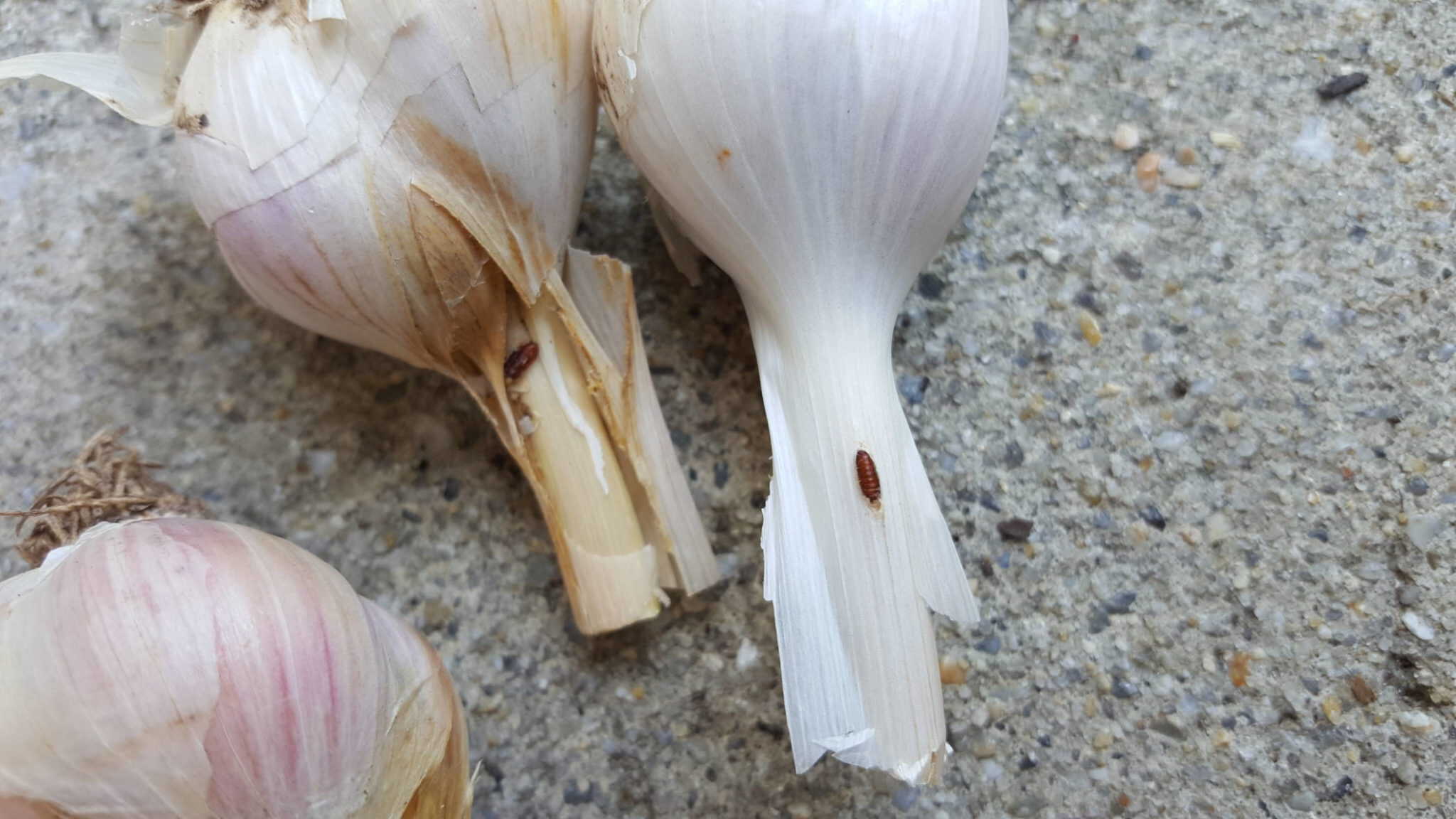Ensuring Best Practices for Microbial Biostimulants and Biofertilizers Among Transitional Organic Vegetable Growers
Project Director: Matt Kleinhenz, Ohio State University
Project overview
Many commercial microbe-containing biostimulant and biofertilizer products claim to increase the overall health of crops by building healthy soils via beneficial microbes, but there have been few studies evaluating the true efficacy of these products. Microbe-containing bioproducts (MCBPs) can be expensive; as such, there is a need to better understand whether the potential benefits of these products reflect their high prices.
This study assessed microbe-containing biostimulant and biofertilizer performance in order to establish ‘best practices’ for use of these products among (transitional)-organic vegetable growers.
Farmer takeaways
- Microbe-containing biostimulants and biofertilizers, although frequently advertised to (transitional)-organic vegetable growers as an effective way of improving soil health and enhancing crop yields, may not consistently perform well enough to justify high product costs.
- Additional research is needed to understand which factors (crop type, soil type, weather conditions, application rate, and timing) consistently enhance MCBP performance.
Project objectives and approach
Evaluate select microbe-containing biostimulants and biofertilizers on (transitional)-organic farms and research stations using crop and financial metrics
- The effects of microbe-containing biostimulants and biofertilizers on crops were evaluated for three years in open-field and semi-protected (high, mid, and low tunnel) settings at two research stations and seventeen transitional or certified-organic farms.
- Seven different MCBPs were evaluated for changes in crop productivity and quality, and factors including application timing and rate were considered.
- Economic analyses were performed in order to better understand/estimate the contribution of MCBPs to yield-based crop outputs and overall farm profits.
Key findings
Inoculation via microbe-containing biostimulants or biofertilizers did not yield any consistent responses for crop yield or quality
- Results varied widely among individual trials, with only about half of the individual side-by-side plot comparisons showing higher yield with a microbe-containing inoculant.

Location
OhioCollaborators
Region
North Central
Topic
Soil Health, Crop Nutrient Management, Transitioning to Organic
Category
Vegetables/Fruits
Year Published
2020



